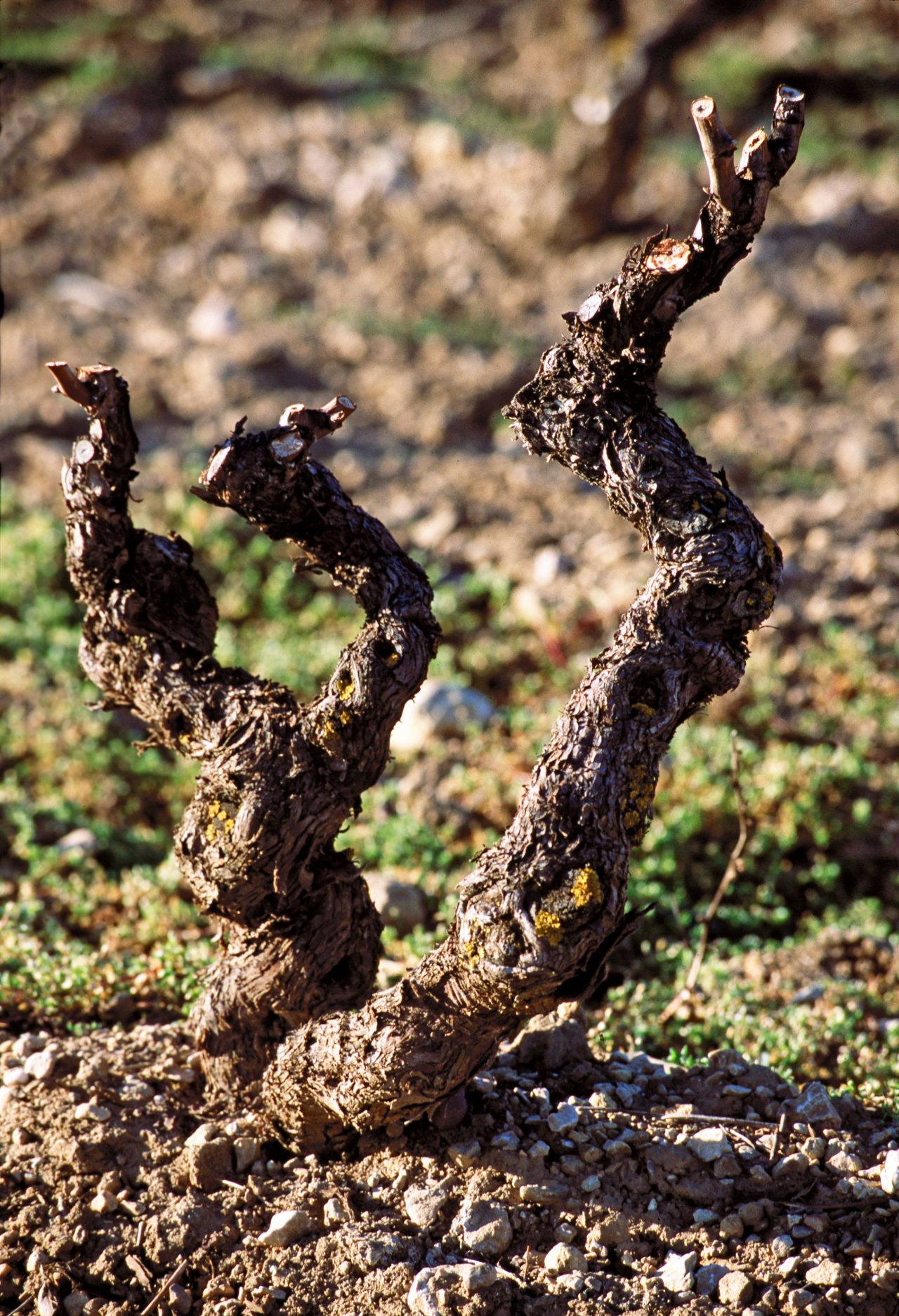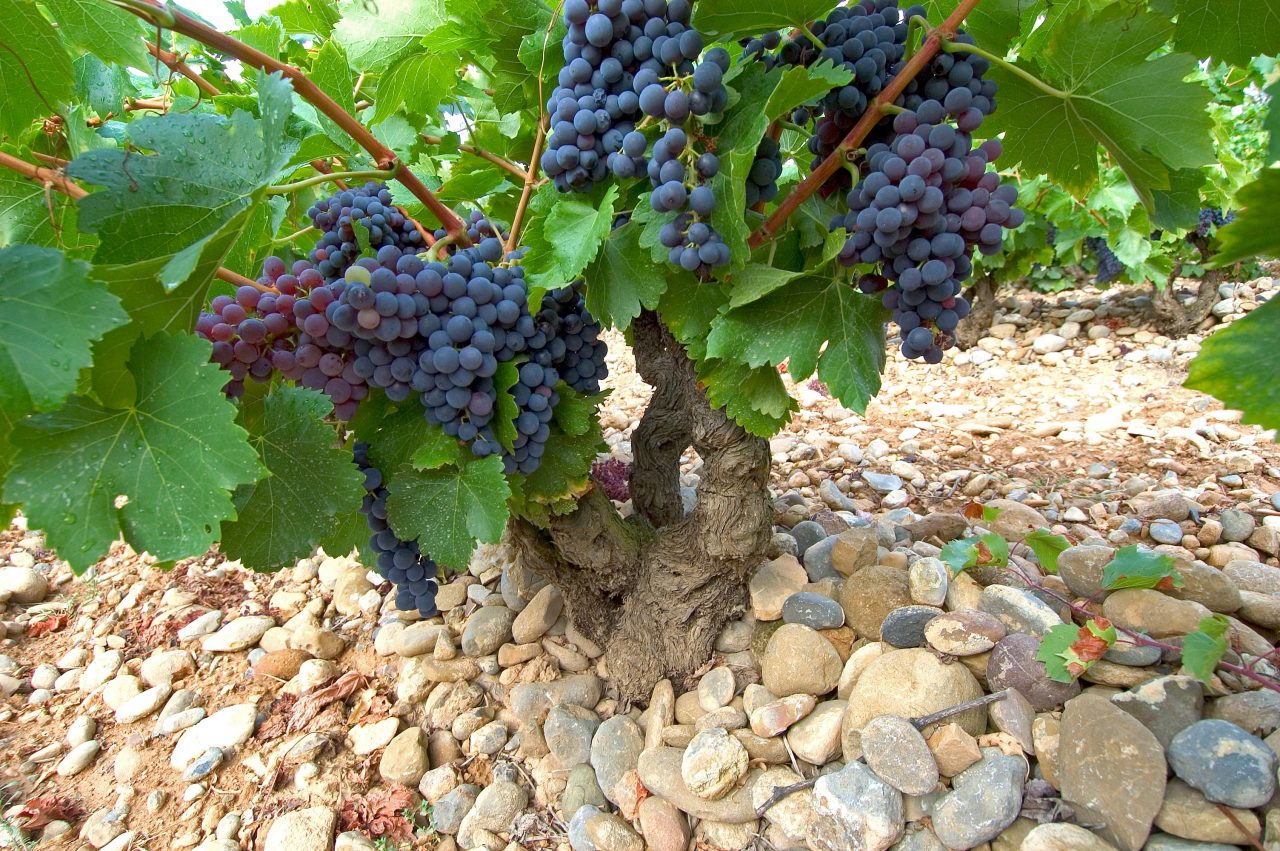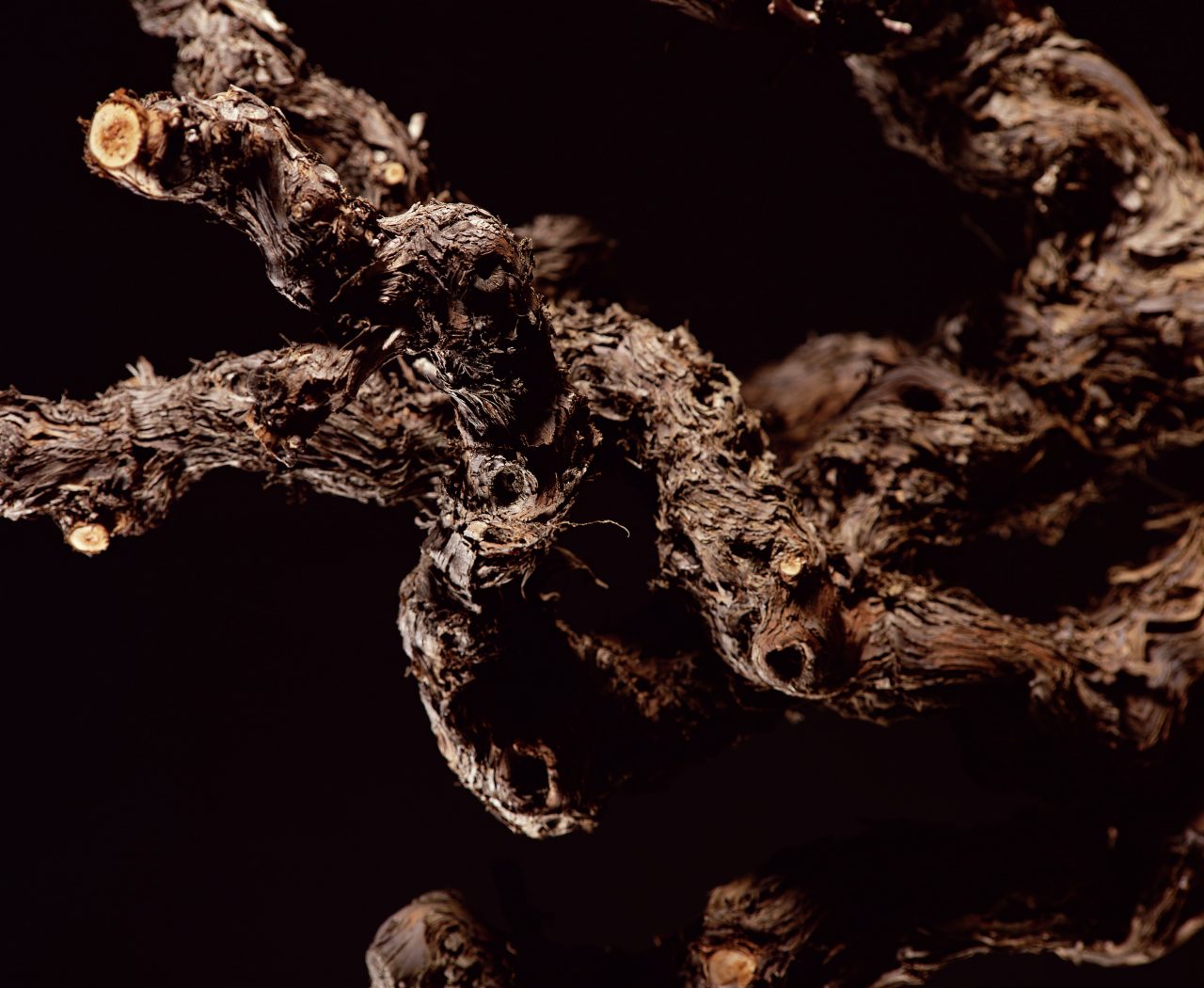by Fernando Mora Master of Wine - @fernandomoramw
.png.transform/rendition-xs/image_image%20(1).png)
Old vines are much more than a testament to time. They are, above all,
an exercise in resilience, a silent celebration of adaptation, a living
heritage that connects generations through landscape and wine. In a fast-paced world, their slow maturity reminds us that true greatness demands patience and respect. Yet beyond the romantic beauty they evoke, what role do old vines really play in wine quality? Is their age a guarantee or just a mirage?

by Fernando Mora Master of Wine - @fernandomoramw
Does Vine Age Influence Wine Quality?
While traditional viticulture holds that old vines produce more complex and memorable wines, science has yet to fully confirm it. Researchers like Markus Keller and scientist-journalist Jamie Goode argue that, when isolating the age variable, there is no definitive link between plant age and grape quality. Yet the experience of generations of winegrowers suggests a different reality: time acts as an invisible tuner, shaping the vines to achieve a natural balance that is difficult to replicate in youth.
José Peñín has noted in several articles that decades ago, most of Spain’s vineyards were old, yet many of the resulting wines were mediocre. The problem was not age but management. Old vines, abandoned or mistreated, can be as ineffective as any other. Raúl Pérez and Ricard Rofes echoed the same sentiment during the tasting I moderated (Fernando Mora MW) at Barcelona Wine Week: quality is not only inscribed in the number of years but in the deep connection a vine establishes with its soil and in the sensitivity of the person who cultivates it.
The winemaker Raúl Pérez, with his characteristic precision, summed up the idea in one definitive sentence: “What matters is not the age on the ID card but how the vine has colonized the subsoil.” Character, finesse, and depth in wine arise from that intimate underground relationship rather than from a mere number.

What Is an “Old Vine”?
The definition of “old vine” remains ambiguous. In my own research for the Master of Wine title in 2017, I argued that an old vine is primarily a factor of historical and cultural differentiation rather than an absolute technical parameter. I set the threshold at 40 years, fully aware that any number would be somewhat arbitrary.
In 2024, the International Organisation of Vine and Wine (OIV) proposed an official definition: vines over 35 years old, where at least 85% of the plants meet that criterion. A necessary definition but insufficient to capture the real richness of the concept. As Raúl Pérez warned at BWW, 35 years does not always mean true maturity; it depends on how the roots have penetrated the soil, on management, on plant material.
Carlos Cerdán (Bodegas Cerrón), drawing on his experience in the extreme soils of Jumilla, offered a powerful metaphor: “Like people, there are old vines at 30 and young ones at 60.” Because the soul of a vine is not measured only in years but in its capacity for adaptation and resilience.
Other regions have progressed further. In Barossa Valley, Australia, official categories distinguish between old vines (35 years), survivors (75 years), centenarians (100 years), and ancestors (over 125 years). In Chile, the VIGNO association protects Carignan vineyards over 30 years old, cultivated in bush vines and dry-farmed.
Pedro Ballesteros MW noted that the concept of old vine should be defined and defended from within the sector itself as a cultural maturity act, not merely as a marketing label.
Recent History of Old Vines
The history of old vines in Spain is marked by paradox. After resisting phylloxera, many of the oldest plantings emerged between the late 19th and mid-20th centuries, in a context of rural subsistence. However, in the 1980s and 1990s, under European restructuring policies, old vines were uprooted in favor of more productive clones and mechanizable systems.
José Peñín melancholically describes how entire hectares of pre-phylloxera vineyards were sacrificed in the name of modernity. In Rioja, for instance, in 1983, 43% of the surface was old vines; today, barely 14% remains. Álava has resisted this silent erosion best, maintaining a quarter of its vineyards with vines planted before 1975.
Though Rioja often takes the spotlight, other Spanish regions also conserve exceptional and diverse old vine heritage: Bierzo, with its century-old Mencías on steep terraces; Priorat, where Garnatxa and Cariñena sink their roots into shattered slate; Aragón, custodian of some of the world’s most singular old Macabeos and Garnachas; Jumilla, where ancient Monastrell on original rootstock endures under relentless sun; and the Canary Islands, with their pre-phylloxera vines scattered across volcanic terraces seemingly frozen in time.
All over Spain — from Galicia to Valencia, Castilla to Andalucía — small enclaves remain where old vines, discreet and resilient, continue to breathe history.

Production, Quality, and Resilience
The image of the old vine as an exhausted, low-yielding plant does not withstand rigorous analysis. Two recent studies confirm this, from different contexts.
In Paso Robles (EEUU), the Vegas L. Riffle team compared young Zinfandel vines (5-12 years) and old ones (40-60 years), dry-farmed. Contrary to popular belief, old vines produced twice as much fruit as the young ones, thanks to their robust trunks and deep roots. While young vine grapes showed more anthocyanins, the wines from old vines formed more stable pigments and offered greater acidity, tannic structure, and aromatic richness of fruit, spices, and orange peel. The study concluded that the most notable differences were sensory, in favor of old vines.
Similarly, Dylan Gregg’s thesis in Australia, focused on Shiraz with over 90 years of age difference, revealed that old vines also produced higher yields but with fresher, lighter wines, less dense in tannins and color. Gregg suggested a genetic adaptation linked to vine age.
Both studies agree that old vines provide greater structural stability, better access to soil resources, and a more complex landscape expression.
When Do Old Vines Create Exceptional Wines?
Experience tells us that old vines shine best when several factors align: well-adapted plant material, respectful viticultural management, and a terroir that rewards patience. Age itself is only the beginning of the story.
The Barcelona Wine Week tasting illustrated this perfectly: young Garnatxa from Masdeu, vinified by Ricard Rofes at Scala Dei, exhibited vibrant freshness and primary expression. In contrast, the old vines from the same site, planted in 1974, revealed layers of complexity, structure, and depth that only time and hardship could explain.
As Álvaro Palacios has often said, “Many of Spain’s oldest vineyards still await the chance to recover their historic talent.” Old vines do not just preserve the flavor of a place; they also hold the echo of what we once were.

Old Vines, Sustainability, and Conservation
Preserving old vines is a cultural and ecological responsibility. They are genetic reservoirs in a world tending towards uniformity; biodiversity anchors in territories besieged by climate change.
As Julián Palacios argues, betting on old vines is a countercultural gesture: planting today with the intention of producing great wines in 80 or 100 years. Organizations like the Historic Vineyard Society in California or the Old Vine Project in South Africa exemplify how to build a positive and mobilizing narrative around this heritage.
Wines From Old Vines to Dream Of: